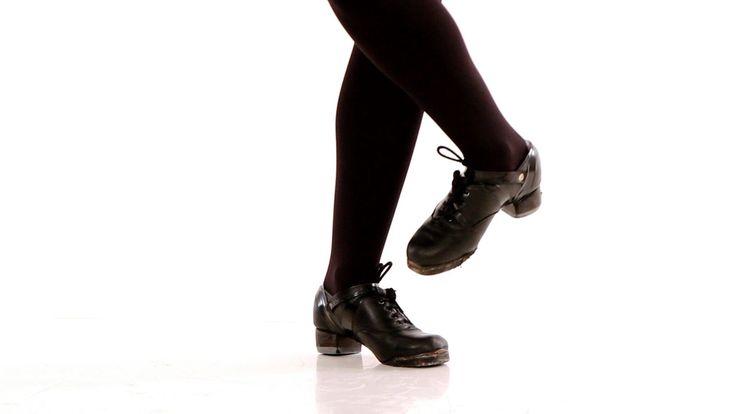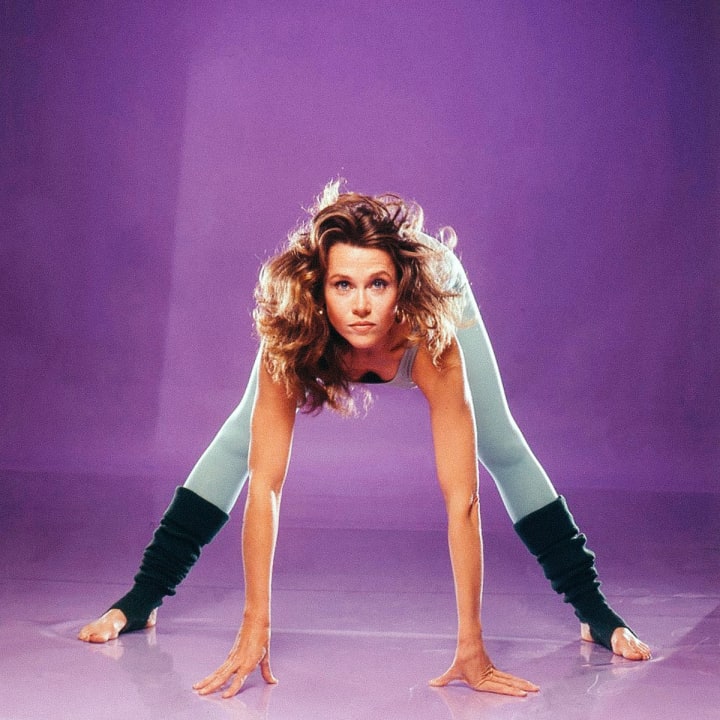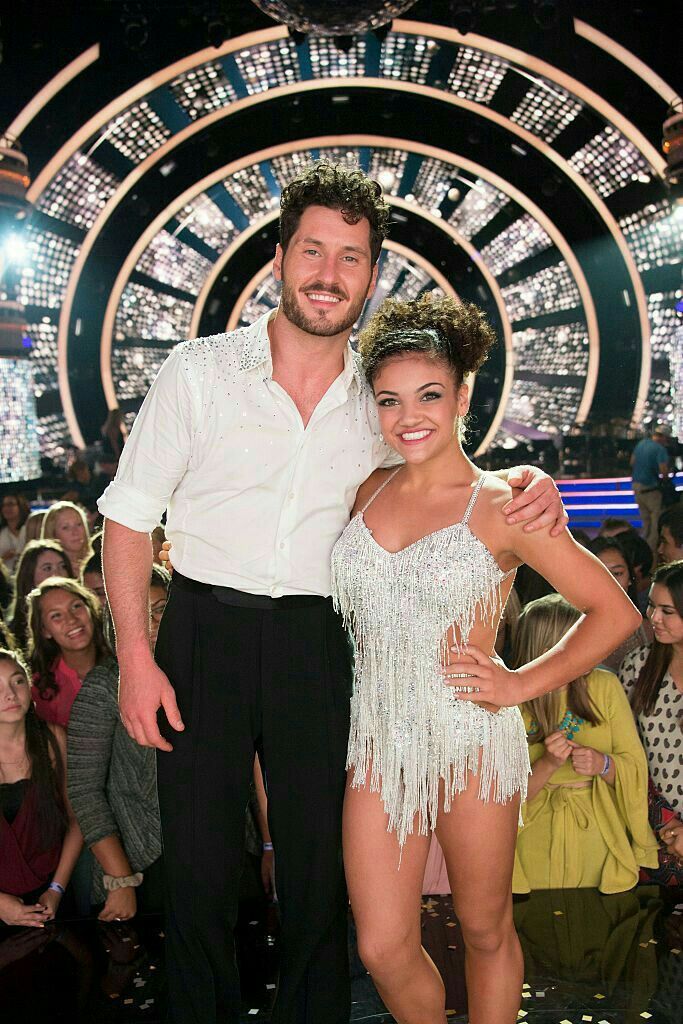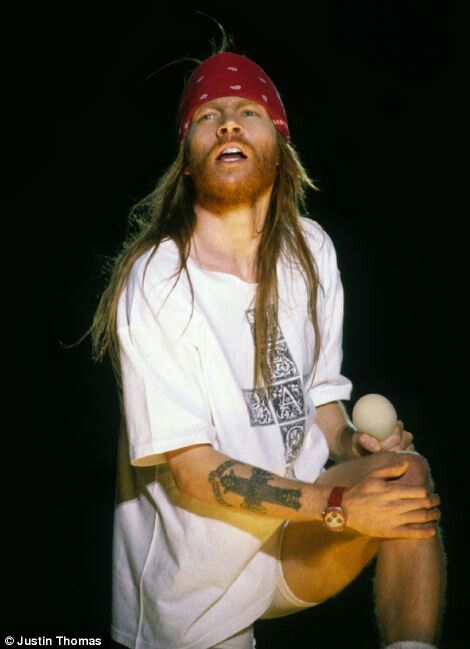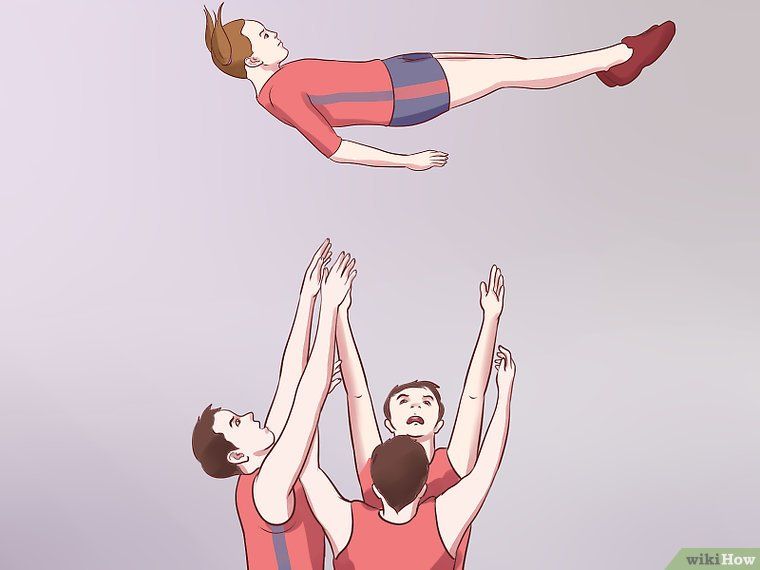How to sing and dance at the same time
How to Sing & Dance at the Same Time like Beyoncé & Kpop Idols BTS
Posted on by TeenStar
Learning how to sing and dance at the same time could take your performance to the next level. However, it is very challenging, technically and physically.
You should aim to get physically fit before you sing while you dance. Learning your moves and lyrics is essential but you need to have excellent breath control to put them together. You also need a lot of stamina to be able to perform night after night.
A good dancer’s diet along with some great exercises will help you sing and dance at the same time. Find out how Beyoncé and Kpop superstars like BTS can sing and dance for hours and make it look effortless.
Is it possible to sing and dance at the same time?
- Learn the song and dance separately
- Start with lip-syncing
- Focus on your breathing
- Improve your stamina
- Sing while you exercise
- Bring it all together
1.
Your first step should be to sing the song as well as you can without dancing. The same goes for dancing without singing. This will ingrain the fundamentals of both parts into your head. It’s also good to brush up on your skills as a singer and dancer before you commit to bringing the two disciplines together.
2. Try lip-syncing
A great way to move forward is to dance and lip-sync instead of singing. This will help you get your dance moves down alongside learning the lyrics. You won’t have to focus on your pitching and projection, which will allow your breathing to stay synced with your dancing.
Many artists actually lip-sync in their live shows. This can be when they have a lot of dancing to do or when there is a big production with no time for a sound check. For example, artists sometimes lip-sync for the Superbowl because the stage is set up at the interval.
Do they lip sync in Kpop?
Many fans wonder how Kpop idols sing and dance at the same time so flawlessly. Kpop is a very dance-heavy genre of music and acts like BTS often perform complicated dance routines whilst singing. So are they lip syncing or not?
How do Kpop idols sing and dance at the same time?
There is typically a backing vocal track with most Kpop performances. This can include lead vocals but is mostly harmonies. Kpop singers will sing alongside this but won’t usually sing when their dance moves are intense.
The singers spend a lot of time singing independently. This allows one or two of them to move less while the others take the spotlight with their dancing. You’ll notice that when they are singing and dancing that their feet are planted or they are walking. This way they don’t have to think about their footwork whilst singing.
3. Focus on your breathing
Singing and dancing both require excellent breath control. You might find it very difficult to sing and dance at the same time purely because you’re unable to manage your breathing. This is why you need to plan your breaths.
Breathing should be considered as much as a note of dance move. Breathing is more essential for singing so you will want to plan your breathing with your lyrics. Dance and lip sync slowly but add your breaths. Gradually build it up until you can start singing.
You might want to add more breaths once you start dancing. You’ll realise how much energy you’re putting into your performance and find that your planned breaths aren’t enough. Try dropping lyrics at points where you need to focus on dancing if you’re using a backing track.
Why is breathing important in dance?
Your heart rate and breathing increases as you dance. You will start to get out of breath and light headed if your breathing can’t keep up. This will prevent you from performing as well as you should and you’ll definitely struggle to sing.
This will prevent you from performing as well as you should and you’ll definitely struggle to sing.
What is the use of breath in dance?
Breathing can be incorporated into part of your dance routine. Some move may require you to make your body seem bigger. You should inhale along with the beat to push out your lungs. The same can be done for moves where you want your body to be smaller. Instead of inhaling, exhale and let all of your breath out.
How do you breathe while dancing?
The best way to breathe is with your diaphragm. This applies to both dancing and singing. It is a muscle located above your stomach that moves as you breathe. Breathing with your diaphragm is the most efficient way to fill your lungs with air because it moves down as you inhale, which helps suck in air.
If you breathe with your chest then you can make your body tense. It can also result in you feeling more anxious. You should practice breathing with your diaphragm when you sing and dance. You should also do breathing exercises when you aren’t singing or dancing. This will help you stop breathing with your chest subconsciously.
You should also do breathing exercises when you aren’t singing or dancing. This will help you stop breathing with your chest subconsciously.
4. Improve your stamina
Your stamina needs to be high if your planning on dancing and singing, especially if you want to tour. You will need to build up your stamina as a dancer and as a singer. This won’t happen overnight but it’s never too soon to start doing the right thing.
How to dance without getting tired
Make sure your diet is balanced because this will be the fuel for your energy. Understand that you’re putting a lot of muscles under stress. A poor diet can lead to your muscles recovering more slowly, which can damage them if you dance before they’ve healed.
You should dance regularly to improve your fitness. If you aren’t dancing a lot then you should still exercise. Going into an intense training routine before a performance will be very difficult if you aren’t physically fit enough to handle it.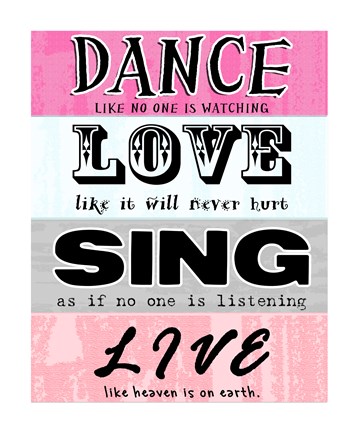 If you aren’t able to exercise, the least you could do is stretch to maintain your flexibility.
If you aren’t able to exercise, the least you could do is stretch to maintain your flexibility.
Your technique is also important, especially for more technical forms such as ballet. Regularly work on your fundamentals, including holding your body and distributing your weight correctly.
Finally, always warm up and warm down your muscles. This will help them cope with long dance sessions and really reduce your risk of injury. Don’t forget to have rest days to let your body recover and prepare it for the next day of dancing.
Singing stamina
Your vocal cords and larynx need to be warmed up and exercised just like any other muscle in your body. Like dancing, this will prevent damage to your vocal muscles in the long term and will make it easier to perform for a long period of time.
Your technique will also go a long way in improving your vocal stamina. You ideally want to start with strengthening your diaphragm for breathing. From there, keep your larynx positioned low and balance your vocal resonance so that you are able to hit high notes with less effort.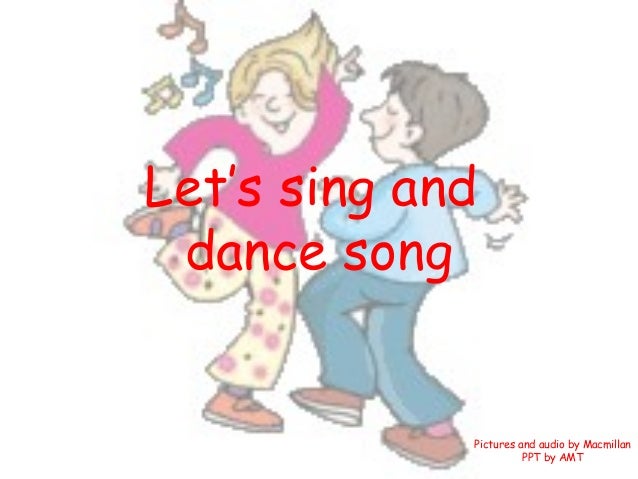
Putting too much strain on your voice will make it more difficult for you to sing long sets. If you are dancing at the same time then it is really going to become challenging to maintain your energy levels. The key is to be as efficient as possible without sacrificing quality in your voice or your dance moves.
5. Sing while you exercise
If you haven’t already noticed, you need to be really physically fit to be able to sing and dance at the same time. Once you’ve worked on your breathing and stamina, you should start looking at singing while you exercise.
Is singing a form of exercise?
Singing is actually a form of exercise but it doesn’t focus on the same muscles as other forms of exercise. Practising vocal exercises will help you work out the muscles needed to sing. However, it won’t work out other muscles needed for dancing and improve your cardio.
Working out and singing
Working out while you sing is a great way to get used to singing and exercising before you start singing and dancing. Dancing requires a lot more cognitive effort than lifting weights or running does. If you start running and singing, you can put your planned breathing into practice and improve your stamina.
Dancing requires a lot more cognitive effort than lifting weights or running does. If you start running and singing, you can put your planned breathing into practice and improve your stamina.
Does running make you a better singer?
Running and any form of exercise will make you fitter and it can also have a lot of mental benefits. This will make you a better singer and performer. When singers end up at huge stadium shows then they have to cover a lot of ground to work the stage. Running and improving your fitness will be a great way to prepare your body for these massive stages.
Is singing while running good?
Singing whilst running is good if you are preparing yourself to sing and dance professionally. Beyoncé’s celebrity trainer Mark Jenkins stands by this by making her and other performers sing and run. If you can sing and run then it builds your stamina and makes it significantly easier to sing and dance.
Jenkins also goes a step further by adding altitude masks and hot conditions. We definitely wouldn’t recommend this unless you are absolutely certain that you can handle it. In fact, you shouldn’t jump into singing and running. You could find yourself really out of breath and doing damage to your voice if you aren’t careful.
We definitely wouldn’t recommend this unless you are absolutely certain that you can handle it. In fact, you shouldn’t jump into singing and running. You could find yourself really out of breath and doing damage to your voice if you aren’t careful.
Singing while you exercise should only be practised if you’re already physically fit and singing with a good technique. Build yourself up to it if you are going to try it. If you can get to this stage then you will be ready to sing and dance.
6. Bring it all together
Hopefully, you have learnt your dance moves and lyrics with your lip syncing. Your breathing should be planned out and your increased stamina will help you maintain a good standard of performance. The only thing that is left is to sing while you perform.
Practice in a dance studio and film yourself. You’ll be able to see how well your moves are going and whether you’re hitting the right notes. Remember that if you are in a group then you all need to be physically fit enough to perform the same routine.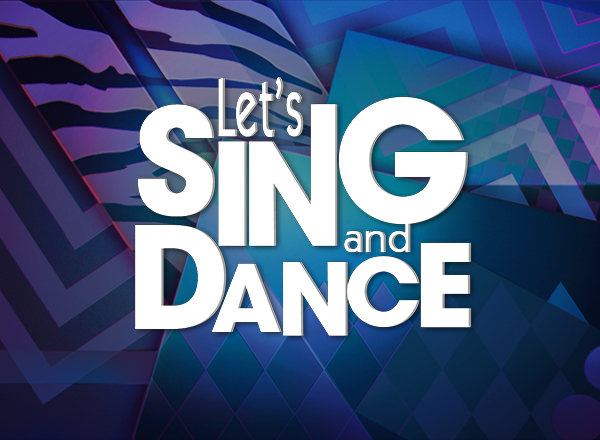 Keep practising and it should all come together in an amazing performance.
Keep practising and it should all come together in an amazing performance.
Who are your favourite artists that know how to sing and dance at the same time? Let us know in the comments below!
The 5 Secrets to Singing & Dancing Simultaneously, According to Broadway's Go-To Vocal Coach
At the end of Act I in Broadway’s Mean Girls, the entire ensemble performs high-energy choreography while belting what Kamille Upshaw says is “a million notes at once.” Though Upshaw is a Juilliard-trained dancer who made her Broadway debut in Hamilton, nothing, she says, could prepare her for this moment. “Singing while dancing is just hard,” Upshaw says. “It takes patience, focus and compromise.”
For Upshaw, voice lessons have been a game changer, and building stamina was key. “The way you support your breath while singing is the complete opposite way in which dancers use their breath,” she says. So when it comes time to combine your singing skills and dancing chops, how do you make it happen without missing a note or a step? Start with this advice from Broadway’s go-to vocal coach, Liz Caplan.
1. It’s All About That Breath
The greatest challenge for dancers is learning to manage their breath, says Caplan. The problem, she says, is that dancers are trained to lift and suck in their bodies—sometimes even holding their breath—while singers need to do the opposite. “Dancers generally use a high sternum breath, while singing uses a diaphragmatic breath that allows for the lungs to fully expand,” Caplan says. “Dancers don’t want to breathe like that because it results in sticking your stomach out, but in singing, you have to feel the expansiveness of the lungs and opening of the rib cage.” A trained vocal coach (and a lot of practice) can help you find that balance.
2. Get Rid of Tension
Caplan guides students through a careful warm-up, starting with a breathing series and what she calls stand-up yoga, which allows singers to get warm before an audition or performance without having to get on the floor. Then, she identifies where her students store tension in their bodies, whether it’s the neck, shoulders or rhomboids. “If you’re holding tension, oxygen has basically stopped,” Caplan says. “Your singing voice is going to be very stuck or, at absolute best, thinner than you want it to sound.” By doing a full-body warm-up, you’ll get optimal airflow through the body.
“If you’re holding tension, oxygen has basically stopped,” Caplan says. “Your singing voice is going to be very stuck or, at absolute best, thinner than you want it to sound.” By doing a full-body warm-up, you’ll get optimal airflow through the body.
3. Don’t Just Stand Still
Miami City Ballet dancer Christina Spigner works out on a trampoline. Photo via MCB
Caplan suggests dancers practice moving while singing. “Get on a treadmill or trampoline and listen to material you know and love, then start singing, first at a lower speed,” she says. “How long can you go before you’re winded in the middle of a syllable?” Work on improving your speed and endurance over time.
4. You Sing What You Eat
Photo by Caroline Attwood on Unsplash
Following a nutrient-dense diet is important as a dancer, but it becomes even more vital when you add multifaceted performing to the mix. “If you’re not eating a balanced diet, your singing voice is going to be weak,” Caplan says. “You need enough protein so your blood sugar levels are steady, because if they start to droop, your voice will follow suit. If you’re empty, it’s going to be detrimental to your sense of balance and power.”
“You need enough protein so your blood sugar levels are steady, because if they start to droop, your voice will follow suit. If you’re empty, it’s going to be detrimental to your sense of balance and power.”
5. Take the Sick Day
Photo by Kelly Sikkema on Unsplash
Powering through when you have a cold can lead to long-term damage, and undo the months or years of vocal training you’ve done. “People don’t want to call out sick, so they figure out how to navigate not being able to breathe, or the fact that they’re coughing,” Caplan says. “But the body adjusts to that. It becomes the new normal, and we have to do a lot of reparation therapy to get your breathing back to its full capacity.” See a doctor if you aren’t sure whether it’s safe to sing.
Dance in the musical. Sing and dance at the same time Online publication "Elements of Dance"
It cannot be said that it was the musical that first offered the viewer a bright cocktail of elements from various genre trends. The discoverers, perhaps, should be sought in ancient Greek culture, where comedies accompanied by singing and dancing existed thousands of years ago. However, for a long time a separate art form was not born, destroying the boundaries between dialogue, movement and melody and uniting them on the stage, until at the end of 19century, a new genre did not begin to form on the basis of the operetta.
The discoverers, perhaps, should be sought in ancient Greek culture, where comedies accompanied by singing and dancing existed thousands of years ago. However, for a long time a separate art form was not born, destroying the boundaries between dialogue, movement and melody and uniting them on the stage, until at the end of 19century, a new genre did not begin to form on the basis of the operetta.
At that turning point for world choreography, when classical ballet seemed boring and far-fetched, and folk dance lost all interest for the sophisticated spectator of the flaring era of industrialization, French entertainment venues - variety shows - acquired a special chic. They staged mostly easy-to-read operettas and vaudevilles, which caused disapproval of the respectable public on moral grounds, but still enjoyed incredible commercial success. The founder of the genre is considered to be Jacques Offenbach, who opened his theater on the Champs Elysees.
At the beginning of the 20th century, when Europeans massively settled America, the operetta penetrated the New World with them, and there it underwent further transformations. By the way, many are still inclined to believe that the musical is a kind of operetta. Despite the fact that the latter really became the starting point for him, such an opinion is erroneous: unlike its predecessor, the musical comedy combines all the constituent elements (plasticity, melody, dialogue, entertainment) equally, without focusing on any or a particular genre.
By the way, many are still inclined to believe that the musical is a kind of operetta. Despite the fact that the latter really became the starting point for him, such an opinion is erroneous: unlike its predecessor, the musical comedy combines all the constituent elements (plasticity, melody, dialogue, entertainment) equally, without focusing on any or a particular genre.
European emigrants Herbert, Friml and Romberg brought the musical to the USA, and in the 1930s, thanks to the efforts of Gershwin, Porter and other composers, the new art gained wide popularity and a signature American style. And the Broadway theater has become a kind of Mecca for fans of the musical from all over the world.
At the same time, everything was improved, including the choreography, which absorbed fashion trends. When Americans bowed to tap dancers, the musical was supplemented with elements of tap dancing (for example, Oklahoma! 1943 years old), when the world was shaken by the broken rhythms of jazz, the directors included jazz numbers in the production.
Fast-paced and sparkling jive, rich in special effects and allowing the performers to show their training, also appealed to the creators of the musical comedy. Swing, Latin American dances, and later rock and roll - everything that replaced the traditional European choreography from Africa and South America was reflected in Broadway productions.
Having turned into a separate art direction, the musical has already visited its historical homeland as an American citizen. For example, the production of “Jesus Christ Superstar”, created in the early 70s, the music for which was written by Andrew Lloyd Weber (author of “Cats”, “Phantom of the Opera”, etc.), did not receive due recognition in America, but in London has found a new breath.
It should be noted that with the growing popularity of the musical, more and more eminent musicians, singers, dancers, and actors were involved in the creation of new works. Moreover, the musical has ceased to be a purely stage art: famous Broadway productions have formed the basis of feature films, retaining their musical and choreographic numbers - for example, "Chicago", where Richard Gere, Catherine Zeta Jones and Rene Zellweger dance and sing, or "Cabaret with the great Liza Minnelli, who performed both on the theater stage and in the film.
How to sing and move | Opera and vocals
In continuation of the conversation about our body, let's talk about movement while singing. Of course, in classes and at concerts, the singer most often just stands at the piano . But when entering the theatrical stage, when staging scenes from operas, the situation is different, and experience is needed here.
In fact, the ability to sing and move to the rhythm of singing arose in the early stages of human development. It has been suggested that movement and rhythm synchronization may have evolved as a by-product of vocalization learning. In all cultures, the union of singing and dancing is very natural for a person. We can say that a person is born to sing and move!
As for the stage, at first is disturbed by movement and singing at the same time. The vocalist already has a hundred tasks in his head, relating only to technique and expressiveness, and then you still need to walk, even run, go up and down the stairs, lie down, sit and so on. Even at a concert, just standing like a pillar is not welcome. After all, any movement, especially in chamber music, is important . This is a gesture, and a turn of the head, and a slight tilt - dozens of nuances.
Even at a concert, just standing like a pillar is not welcome. After all, any movement, especially in chamber music, is important . This is a gesture, and a turn of the head, and a slight tilt - dozens of nuances.
It is difficult to connect the body harmoniously at once, you need confidence and coordination of movements , finding comfort. That's what stage movement is for. But what can you do on your own to develop the skill of moving around the stage?
First of all, you need awareness of the movement (yes, the one hundred and first task in your head). The good news: you can train both alone and without a teacher, so that no one and nothing bothers you. So, we take any scene from any opera. For example, let's say you're a tenor and you're learning the part of Nemorino from Love Potion. You search Youtube for any production you like, for example, one of the productions of Fabio Sparvoli's L'elisir d'amore. Then you take the duet scene with Adina, watch and memorize the mise-en-scenes.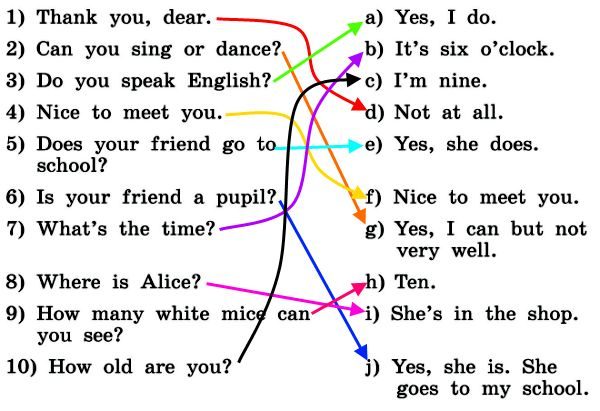 Look several times, thinking about the movements of the artists, noticing the nuances and gestures.
Look several times, thinking about the movements of the artists, noticing the nuances and gestures.
Now you move away from the screen, leaving only the music, and as if to the soundtrack (you can sing, you can not) repeat the movements. At the beginning, it may not work out at all, there may be inconvenience even alone with yourself. But as you repeat, your movements will become more and more confident (if possible, practice in front of a large mirror), as if moving from one to another, smoothly and harmoniously. Do not forget about the facial expression, whether it matches the mood of the scene. Check from time to time if the body is not too tense .
Then you can add "gag". Since you are alone, let yourself be fooled. Add props. If something doesn’t work, just watch the recording again, how the artist holds himself, where he puts his hands. Repeat the scene over and over. Whatever mise-en-scène the director offers you next, you will already have your own developments that you can fit into the production.


